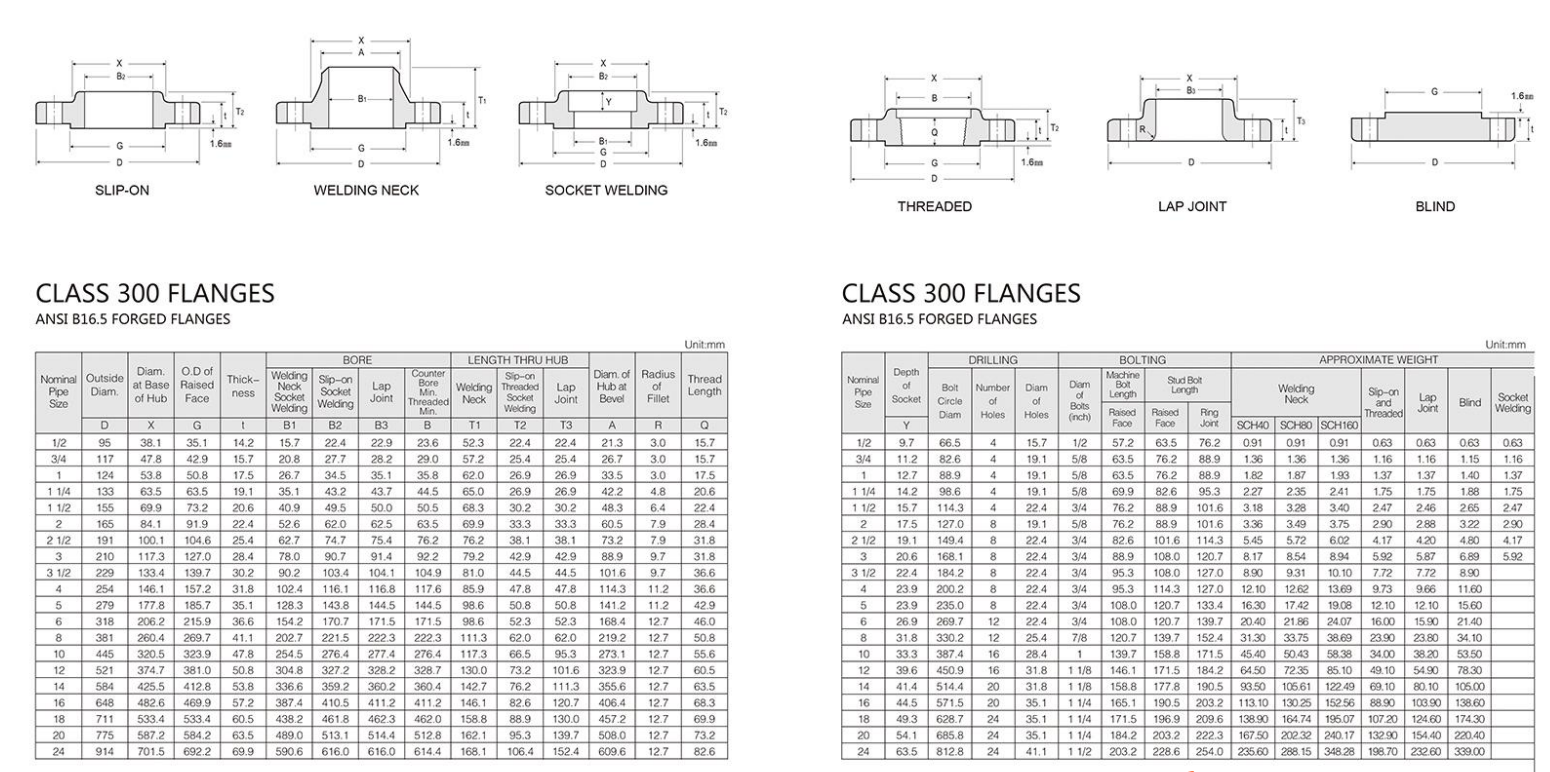-
Cangzhou Yulong Steel Co., Ltd.
-
Phone:
+86 13303177267 -
Email:
admin@ylsteelfittings.com
- English
- Arabic
- Italian
- Spanish
- Portuguese
- German
- kazakh
- Persian
- Greek
- French
- Russian
- Polish
- Thai
- Indonesian
- Vietnamese
- Zulu
- Korean
- Uzbek
- Hindi
- Serbian
- Malay
- Ukrainian
- Gujarati
- Haitian Creole
- hausa
- hawaiian
- Hebrew
- Miao
- Hungarian
- Icelandic
- igbo
- irish
- Japanese
- Javanese
- Kannada
- Khmer
- Rwandese
- Afrikaans
- Albanian
- Amharic
- Armenian
- Azerbaijani
- Basque
- Belarusian
- Bengali
- Bosnian
- Bulgarian
- Catalan
- Cebuano
- China
- China (Taiwan)
- Corsican
- Croatian
- Czech
- Danish
- Esperanto
- Estonian
- Finnish
- Frisian
- Galician
- Georgian
- Kurdish
- Kyrgyz
- Lao
- Latin
- Latvian
- Lithuanian
- Luxembourgish
- Macedonian
- Malgashi
- Malayalam
- Maltese
- Maori
- Marathi
- Mongolian
- Myanmar
- Nepali
- Norwegian
- Norwegian
- Occitan
- Pashto
- Dutch
- Punjabi
- Romanian
- Samoan
- Scottish Gaelic
- Sesotho
- Shona
- Sindhi
- Sinhala
- Slovak
- Slovenian
- Somali
- Sundanese
- Swahili
- Swedish
- Tagalog
- Tajik
- Tamil
- Tatar
- Telugu
- Turkish
- Turkmen
- Urdu
- Uighur
- Welsh
- Bantu
- Yiddish
- Yoruba

10월 . 30, 2024 11:42 Back to list
astm a 106 gr
ASTM A106 Grade Ithe Specification for Carbon Steel Pipes
ASTM A106 is a widely recognized standard specification that governs the manufacturing process, quality control, and testing of seamless carbon steel pipes. Specifically, it is an essential standard for high-temperature service, making it critical for various industries, including oil and gas, power generation, and chemical processing.
Understanding ASTM A106 Grade B
ASTM A106 is divided into three grades A, B, and C. Among these, ASTM A106 Grade B is the most commonly used due to its optimum combination of strength, ductility, and weldability. It is designed for use in high-temperature applications where flexibility and resilience are required. The steel used in Grade B pipes contains a carbon content of up to 0.30%, enhancing its strength and allowing it to withstand high-pressure and high-temperature environments.
Chemical Composition and Properties
The chemical composition of ASTM A106 Grade B includes a balance of carbon, manganese, phosphorus, sulfur, and silicon. For instance, the maximum content for phosphorus is 0.035%, and for sulfur, it is 0.04%. The presence of manganese, typically between 0.60% to 0.90%, serves to improve the toughness and strength of the steel. The combination of these elements results in pipes that exhibit good mechanical properties, including tensile strength ranging from 60,000 to 100,000 psi and yield strength from 35,000 psi.
Manufacturing Process
astm a 106 gr

According to the ASTM A106 standard, the manufacturing process of Grade B pipes is carefully regulated to ensure that the finished product meets the specified requirements. Pipes are typically produced using seamless or welded methods, with seamless construction being favored for high-pressure applications. The manufacturer must adhere to stringent quality control measures throughout the production process, including non-destructive testing, to detect any imperfections.
Testing and Certification
Before the pipes are delivered to the customer, they undergo rigorous testing to confirm their structural integrity and compliance with ASTM A106 standards. Tests may include tension tests, impact tests, and hydrostatic tests. A certification, outlining the results of these tests, is provided to assure customers that the pipes meet the required specifications for their intended use.
Applications
The versatility of ASTM A106 Grade B pipes allows them to be utilized across various sectors. They are commonly employed in pipeline construction, especially in the transportation of fluids and gases under high temperatures and pressures. Additional applications include structural supports, pressure vessels, and industrial plants where safety and reliability are paramount.
Conclusion
In conclusion, ASTM A106 Grade B pipes present a vital asset to industries that demand durability, strength, and high performance under stressful conditions. Understanding the specifications, manufacturing processes, and applications of these pipes is essential for professionals in the field. As industries continue to evolve and expand, the importance of adherence to standards like ASTM A106 remains crucial for ensuring the safety and efficiency of piping systems worldwide. As such, professionals must stay informed on the latest developments and practices surrounding this critical specification.
Latest news
-
ANSI 150P SS304 SO FLANGE
NewsFeb.14,2025
-
ASTM A333GR6 STEEL PIPE
NewsJan.20,2025
-
ANSI B16.5 WELDING NECK FLANGE
NewsJan.15,2026
-
ANSI B16.5 SLIP-ON FLANGE
NewsApr.19,2024
-
SABS 1123 FLANGE
NewsJan.15,2025
-
DIN86044 PLATE FLANGE
NewsApr.19,2024
-
DIN2527 BLIND FLANGE
NewsApr.12,2024
-
JIS B2311 Butt-Welding Fittings LR/SR 45°/90° /180°Seamless/Weld
NewsApr.23,2024











